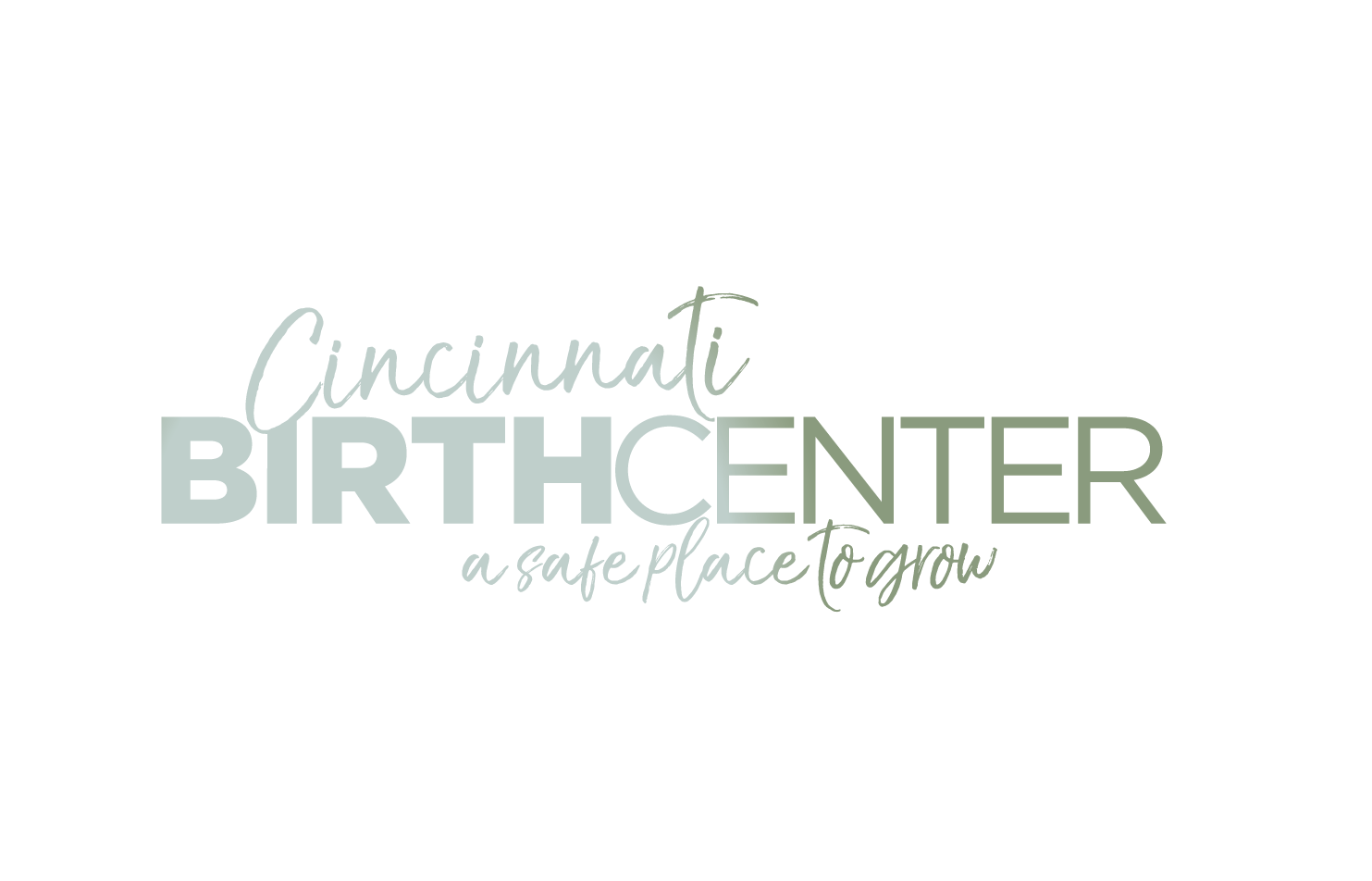Ohio Birth Statistics vs. United States Averages
/Birth Complications
Infant Mortality
According to March of Dimes, Ohio’s infant mortality rate was 7.1 deaths per 1,000 live births in 2023, compared to the U.S. average of 5.6, placing Ohio at 43rd among all states.
Nationally, the U.S. infant mortality rate is about 5.1 per 1,000 live births as of 2024, ranking the country low in international comparison—173rd according to the CIA World Factbook.
Preterm Births & Low Birth Weight
Ohio’s preterm birth rate in 2023 stood at 10.7%, slightly higher than the nationwide goal of around 8.1% and higher than many peer states .
Among Medicaid-covered births, Ohio’s preterm rate is even higher (~12.8%) and Ohio ranks among the ten worst states for low birth weight in Medicaid populations.
Cesarean (C‑Section) Rates
In 2023, Ohio’s C‑section rate was 31.5%, slightly below the national average of 32.4%.
Low-risk first-time deliveries have Ohio’s rate at ~14.7%—far lower than overall C‑section rates, but still above midwifery-attended rates.
Maternal Complications & Mortality
Ohio’s maternal mortality rate is slightly above the national average (~24.5 vs. 23.2 per 100,000 births).
Hamilton County: Infant Mortality Uptick in 2024
In Hamilton County, the infant mortality rate rose from 5.5 per 1,000 live births in 2023 to 6.8 in 2024. 34 deaths were related to preterm birth, a nearly 55% increase from 2023.
The Black infant mortality rate in Hamilton County jumped from 9.0 to 13.7 per 1,000—still about 3.5 times higher than the White infant mortality rate, demonstrating persistent racial disparities.
National Use of Midwives vs. Ohio
National Midwifery Trends
As of 2021, about 12% of U.S. births were attended by midwives, up from 9.6 in 2016.
Midwife-attended low-risk hospital births are linked with a ~30% lower risk of C-sections compared to physician-only care, according to the Access to Midwifery Care National Chartbook.
Ohio Midwifery Statistics
In Ohio in 2021, 10.6% of births were attended by midwives
This is just slightly below or on par with national rates. However, Ohio only legally licenses CNMs which limits the workforce compared to states that license both. Certified Professional Midwives (CPMs) operate in a legal gray area and are currently working toward state licensing.
Access to Midwifery Care
Approximately 14.8% of Ohio’s counties are maternity care deserts (no obstetric provider or facility).
Still, 3.2% of Ohio births occur in these deserts, and rural women face longer travel (9.2 miles average) to birth hospitals.
Midwifery, Outcomes & Disparities
Lower Intervention and Better Outcomes
Midwife-led care is associated with lower C‑section rates (~5% in midwife-attended cases vs. ~30% statewide in Ohio), lower preterm and low birth weight, and greater breastfeeding initiation.
Given Ohio’s elevated preterm birth and infant mortality rates, especially among Black infants, expanding accessible, low-intervention care may help reduce those outcomes.
Access & Equity
Ohio’s limited midwifery workforce and moderate midwife-attendance rates currently constrain broader impacts, especially in rural and underserved areas.
In maternity care deserts, lack of accessible care disproportionately affects women of color and low-income families, who also experience worse outcomes. State-level policies to license more midwife types and expand Medicaid reimbursement could improve equity.
Offering more midwifery-led, accessible prenatal and birth care—especially in underserved communities—holds real potential to reduce preterm births, lower infant mortality, and shrink racial disparities in Ohio. Strengthening midwifery workforce and policy infrastructure could be a powerful lever for healthier births across the state.




